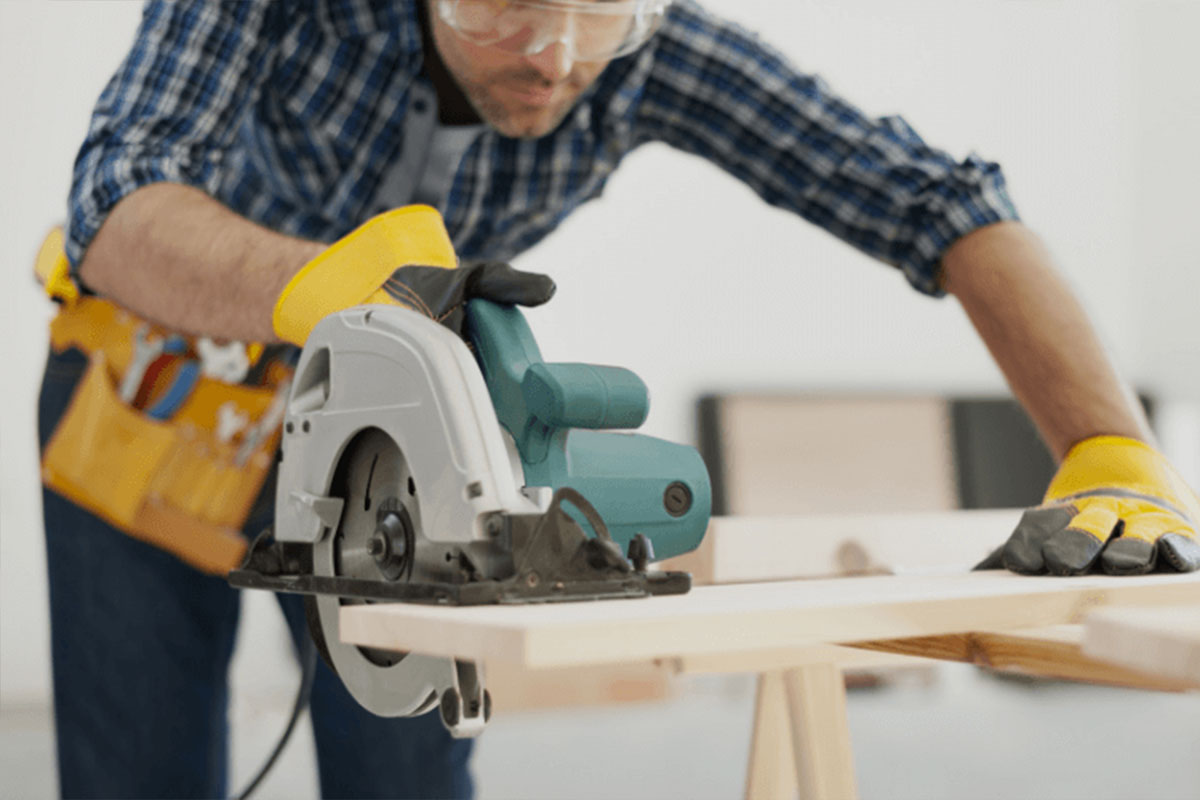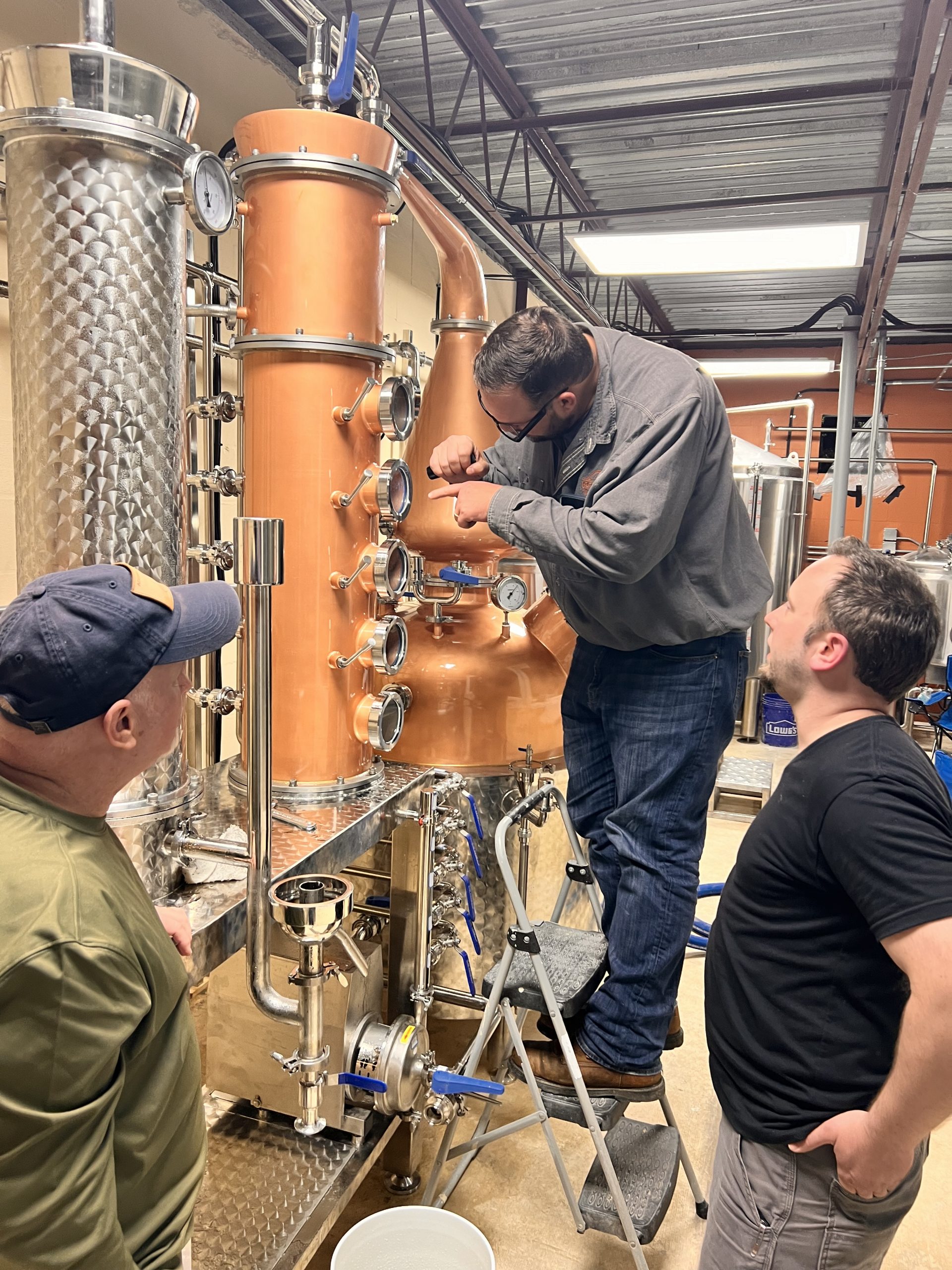GUIDES: Constructing Your Distillery
Construction

Construction will be a very stressful time for you— you have looming deadlines to get your TTB permit, an endless line of delivery trucks, non-stop questions from contractors, and pallets of bulky equipment stacking up. Mentally prepare yourself and your team now, many things will go wrong! Mother nature will decide not to cooperate, contractors will install equipment incorrectly, parts will be missing, and important shipments will be delayed. This is by far the worst part of the journey but fear not because you’re almost ready to open.

Getting Bids and Managing Construction
There are a wide variety of legal constraints depending upon your state (or country); this guide will not try to navigate them! For now, we’ll separate construction into two conceptual buckets 1) building construction 2) distillery construction, but a good General Contractor (GC) with well-drafted drawings can build both. Do not be surprised, however, if local factors drive you to separately contract the two buckets.
Just like you did before hiring your architect and MEP team, conduct your own due diligence on potential GCs and solicit multiple bids to ensure you get a fair price. A reputable contractor will provide more accurate bids if you provide a more complete Request for Proposal (RFP) packet, including detailed specifications and a realistic timeline. When signing, be very clear about the scope of work and how mid-build changes will be handled, including potential re-work of contractor mistakes or re-design when the as-built reality does not match the drawings.
Building construction (or modification) includes elements like the building structure, flooring, bathrooms, and tasting room- everything except the spirits production equipment. This portion of the construction is comparatively straightforward as the GC and hired sub-contractors should be familiar with the local codes and able to match the on-paper facility with the in-reality issues that inevitably arise.
If it has not been explicitly planned out during the design phase, now is your last chance to map out how you will physically move the process equipment into the space. Confirm your plan with a tape measure or cardboard mockup that is the same size as your planned or purchased equipment. Does it fit through an existing door? Will we need to cut a temporary hole in the wall? Remember that many pieces of equipment (particularly chillers and boilers) will have specified lift points (to lift from the top) or fork points (to push from the bottom). As long as it is safe and controlled, there is no single “right” answer.
Distillery construction is less common and an often underestimated headache. This bucket can be large as distilleries have more process equipment than many realize. It is not just the equipment, ensure to include the connections and controls for all your sub-systems, process heating, cooling, incoming water supply pre-treatment, outgoing liquid waste pre-treatment, emergency alarms, and environmental power augmentation controls.
Commissioning Equipment
Now that your building is constructed and your equipment is installed, all the connections and sub-systems must be tested. Arrange for your equipment to be tested by the equipment manufacturer (which they will often do for an extra charge), by your GC or skilled tradespeople (electrician, plumber, etc.), and you! This is an area in which you, your lead distiller, and possibly your process designer or consultant need to be personally involved.
Follow the manufacturer’s instructions for the initial startup of each sub-system. Do not get discouraged; there will be many small issues to work through (ex, leaks or controls not operating as intended) and a learning curve to troubleshoot. If you can, we recommend you commission each sub-system sequentially, starting with the safety systems, cooling systems, heating systems, and mobile pumps or ancillary equipment.
When all the supporting systems are functioning, you will need to clean all your processing vessels, valves, and piping with your Clean-in-Place (CIP) system. CIP systems come in many different configurations, but the general sequences are all similar- flush with hot water, flush with an alkaline solution (such as Caustic Lye), flush with warm water, flush with an acidic solution (such as citric acid), then a final rinse with water to remove any residue.
Finally, you need to pickle (acid clean) your copper equipment (ex: your still(s)) to confirm they are functioning properly and remove packaging grease, stains, rust, or scale. The easiest way to do this is to charge the still with a citric acid solution and distill it, rectifying small leaks and imperfections as the equipment works. This will exercise your condenser, heads, column(s), dephlegmators (if installed), and any bypasses. While distilling, take the time to observe the reflux in your head and plates to make sure they are operating as expected.
Once you have your equipment working and your permits in place, it’s time to start making spirits!

BoozeWerk’s President Devin Mills (top) finishes pickling the new still at Aggregation Distilling Company. Owner Jim Briley (bottom left) and Lead Distiller David Briley (bottom right) opened their new craft distillery in early 2024.
